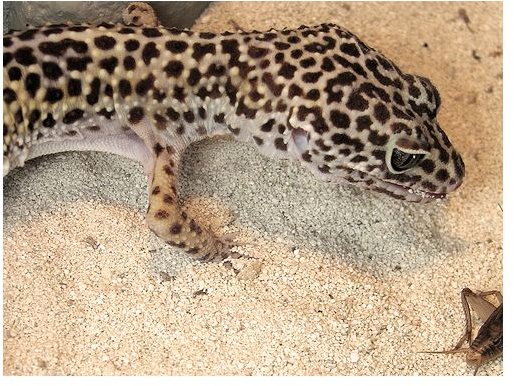Create Your Own Food Chain: A Project for Young Students
Page content
Define food chain for your students. A food chain is the process in which living things eat each other to gain energy to stay alive. A food chain can be as small as two living things or as large as ten or more, depending on the ecosystem involved.
Your students will need the following items to complete this project:
- Poster board
- Markers
- Animal magazines
- Construction paper
- Glue
- Scissors
Follow the directions below to complete this project:
- Have the children search magazines and cut out all of the animals and living things that they can find. You may have to assist them with cutting out pictures.
- When the students have a collection of animals, they can pick a few to assemble in a food chain, and they can share pictures. They should, easily, be able to find at least five animals or living things to create a food chain.
- Have the students arrange their pictures on the poster board into a food chain, before gluing. Check each food chain to make sure it is in the correct order before they glue the pictures onto the poster board.
- Make sure that the students are placing the animals or living things on the bottom of the food chain to the left and placing the pictures of the animals at the top of the food chain to the right. In other words, they create a chain from left to right on the paper.
- Next, the students will draw and cut arrows using construction paper. If the student has five living things in the food chain, then he or she will need four arrows. The arrows will show the direction in which the food chain is going (for example, from bottom to top, or on the poster board, from left to right).
- Students glue the arrows in between the living things pointing to the right (in other words to the living thing that is higher than the previous one.)
- Try creating several different types of food chains. For example, you could create a desert food chain and an ocean food chain. There are all different types of ecosystems and they all have their own food chain that you and your class can chart.
Image by etohaholic.
This post is part of the series: Second Grade Science Projects
Second grade students will learn how to perform some science projects that are perfect for their age group.
